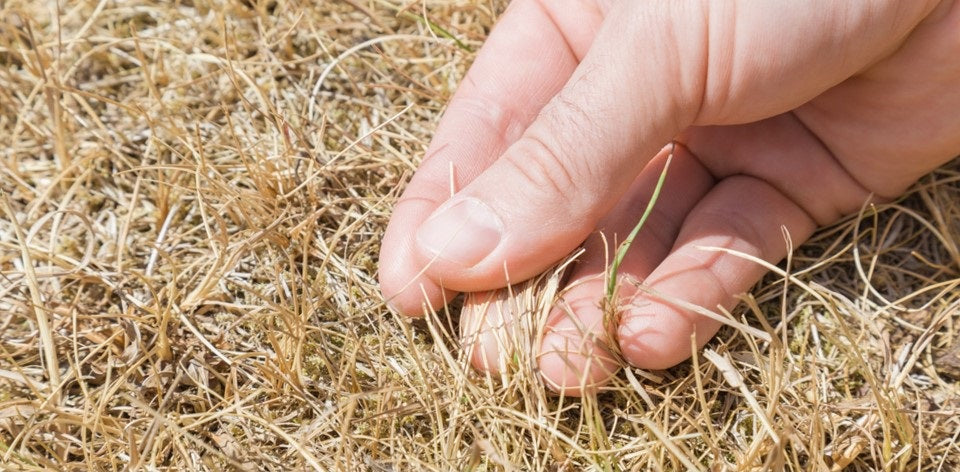The dry summer has created the need for some communities to limit the use and amount of water for the landscape. Greenup’s application consists of slow-release nitrogen fertilizer that does not need to be immediately watered. This fertilizer does require water to activate in order for it to be available to the lawn and shrubs, but it will not burn your lawn without water.
More than 88 percent of the state is experiencing either abnormally dry or drought conditions. A record-setting heatwave continues across most of Texas and Louisiana, intensifying these drought conditions. July 2023 remains the hottest month ever recorded, while August's record makes the northern hemisphere's summer the hottest since records began in 1940.
You may be asking.... "I'm watering but my lawn is still turning brown. Why?"
The heat index has been over 110-115 degrees with no rain in sight. The water that is put down is still not enough to combat these ferocious temperatures. We can only help those roots stay hydrated enough to be able to recover once the temperatures drop and we begin getting rain.
Helpful Watering Information
- Lawn and shrubs can survive on as little as 3/4 inch of water per week.
- Measure how much your water system is applying at a given time before water starts to run off. This will determine how often and how long you need to water.
Example: Rain gauges collect ½ inch of water in 30 minutes. To apply 1 ½ inches of water, you will need to water 1 ½ hours per week. If the water starts to run off in 45 minutes, then you will need to water twice per week.
- Deep, infrequent watering allow for the lawn and shrubs to develop a deeper root system, which allows the plant to survive heat and drought better.
- Allowing the lawn and shrubs to dry out and wilt between watering does not hurt the plants. It makes them stronger.
- Check your sprinkler system for leaks and improperly functioning heads at least once per month.
- Hot, dry weather actually retards the activity of chinch bugs. We have seen a large number of brown areas in lawns which have been the result of not enough water or improper operation of sprinkler heads. There have been very few cases of chinch bug activity in our customer’s lawns.



